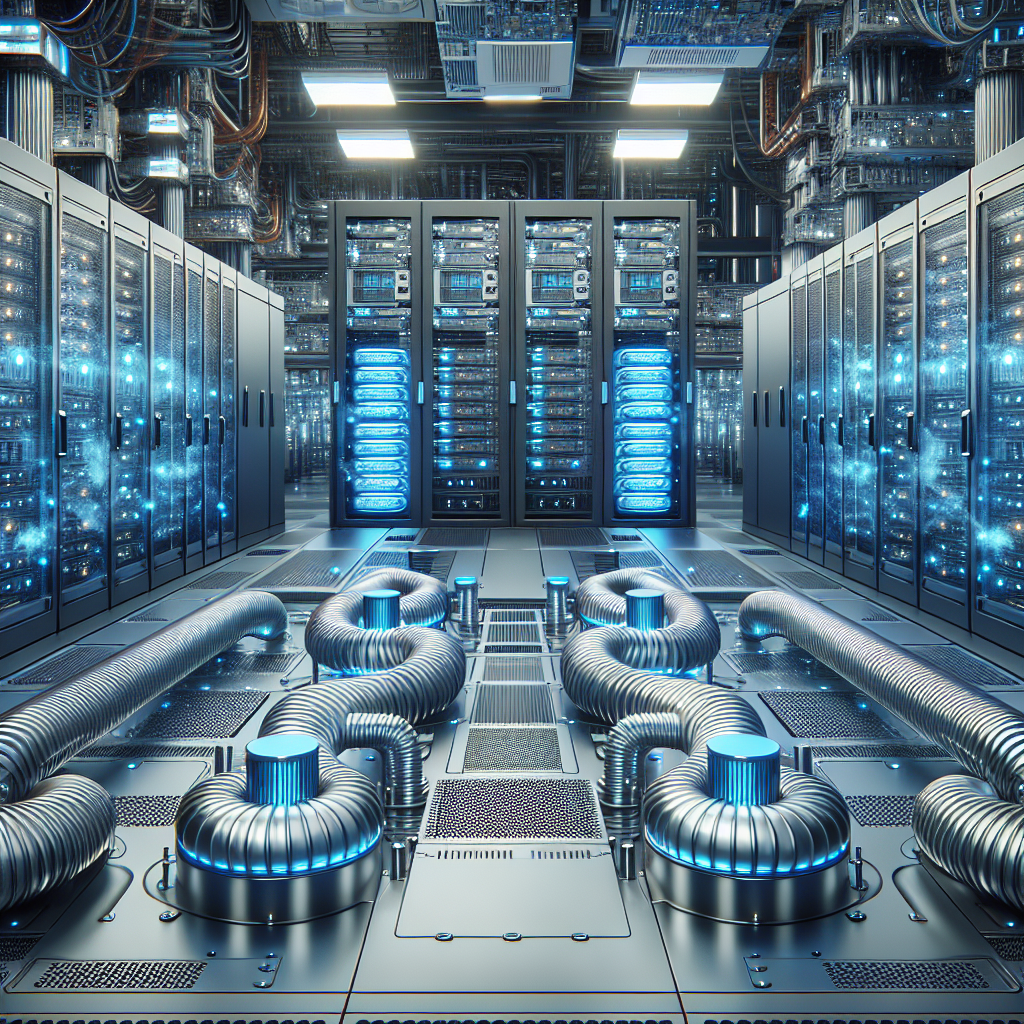As technology continues to advance at a rapid pace, the demand for data centers is also increasing. With the rise of cloud computing, big data analytics, and the Internet of Things (IoT), data centers are becoming essential for storing, processing, and managing large amounts of data. However, with this increased demand comes the challenge of cooling these data centers efficiently and effectively.
Traditionally, data centers have relied on mechanical cooling systems such as air conditioning units to keep the temperature within the recommended range. However, these systems are not only expensive to operate but also contribute to a significant amount of energy consumption and carbon emissions. As a result, data center operators are looking for more sustainable and cost-effective cooling strategies to meet the growing demand.
One emerging trend in data center cooling strategies is the use of liquid cooling technology. Liquid cooling involves circulating a coolant through the servers and racks to absorb and dissipate heat more efficiently than air cooling. This technology not only reduces energy consumption but also allows for higher density server deployments, leading to a more compact and efficient data center footprint.
Another emerging trend is the use of free cooling systems, which take advantage of natural resources such as outside air or water to cool data centers. By using outdoor ambient temperatures to cool the data center, operators can significantly reduce their energy costs and carbon footprint. This approach is particularly effective in regions with cooler climates or access to natural bodies of water.
Additionally, data center operators are exploring the use of renewable energy sources such as solar and wind power to power their cooling systems. By harnessing clean energy sources, data centers can reduce their reliance on fossil fuels and further mitigate their environmental impact.
Furthermore, the adoption of artificial intelligence (AI) and machine learning algorithms is revolutionizing data center cooling strategies. These technologies enable data center operators to optimize cooling processes in real-time, predicting and adjusting cooling requirements based on workload demands and environmental conditions. This proactive approach not only improves energy efficiency but also enhances the overall performance and reliability of data centers.
In conclusion, as data centers continue to play a crucial role in the digital economy, the need for innovative and sustainable cooling strategies is becoming increasingly important. By embracing emerging trends such as liquid cooling, free cooling, renewable energy sources, and AI-driven optimization, data center operators can achieve higher levels of efficiency, cost savings, and environmental sustainability. As the industry continues to evolve, it is clear that data center cooling strategies will continue to be a key focus area for innovation and improvement.


Leave a Reply